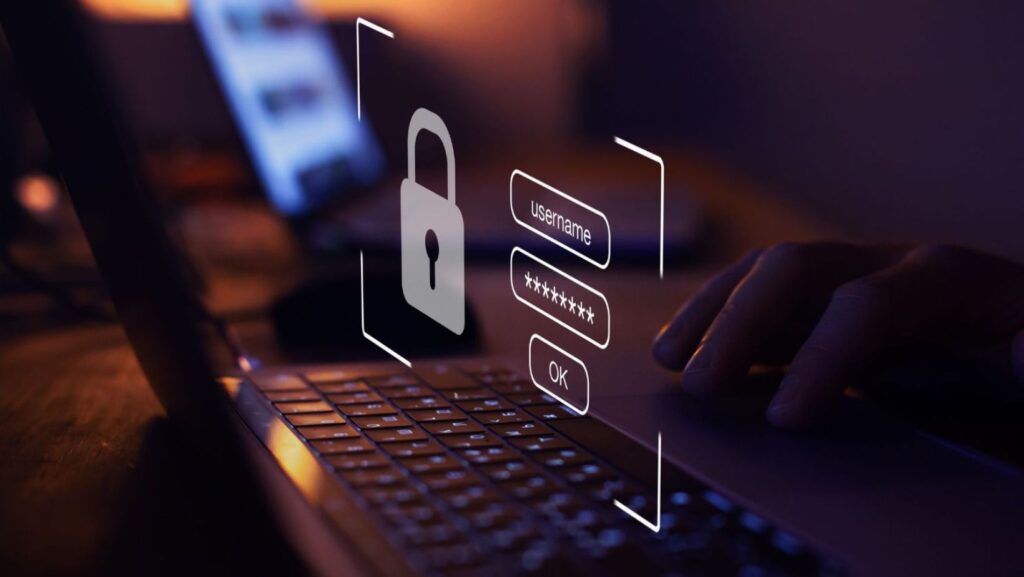It’s become impossible to get one’s message out, tap into a new market, or even get a complete education without interacting with a website or three. While the web is more similar to a manicured garden than the frontier it’s been in the past, entering a professional-looking, visually attractive, and vetted website doesn’t guarantee a safe experience.
This article aims to educate website owners and visitors on various misconceptions both might be harboring about website security. It also offers brief yet effective means of addressing each of these misconceptions.
1. Set It and Forget It Is Enough
Paying attention to a website’s security during the creation process is essential. Stopping after the site goes online will eventually leave it wide open to threats. Everything on a website, from plugins through themes to customer processing elements, may become outdated and rife for exploitation.
The best course of action is to always update to the latest version of the platform a website runs on, along with doing the same for all its third-party components. It’s also advisable to regularly perform code audits and replace outdated plugins with more secure alternatives.
2. Counting on Obscurity
A common yet costly mistake bloggers and small business owners make is assuming their sites are too insignificant to warrant security investments. Since they’re just starting out or have a small outreach, the rationale is that hackers won’t find attacking them and their users worth it.
The lack of investment in cybersecurity features makes such sites enticing targets and easy pickings. The resulting damage is devastating and diverse, from gaining access to email lists the hackers can spam with phishing emails to installing malware that redirects traffic or tries to download harmful code onto users’ devices.
Robust safety measures need to be a core part of any website, even if budgetary readjustments are necessary to accommodate them.
3. HTTPS Guarantees Safety
This shift toward HTTPS has indeed made the internet safer. Websites that use the standard encrypt the data exchange between your browser and their servers while protecting against tampering. However, that doesn’t mean the credentials aren’t expired or that a certified site can’t still harbor malicious links.
Moreover, such security measures do nothing to address privacy issues. HTTPS offers no protection from dubious yet prevalent practices like IP and cookie tracking or collecting info for targeted advertising.

VPNs are the most straightforward solution since they obscure your IP address, preventing websites, ISPs, and hackers from keeping track of your activities.
How you connect to the internet also plays a role. Public Wi-Fi is widely accessible but unsafe since it has fewer safeguards. Hackers can easily create fake hotspots or analyze Wi-Fi traffic regardless of the security measures a website employs. The additional encryption that reputable VPNs provide (which can be found in sources like the best VPN comparison lists) to one’s entire connection makes browsing through public Wi-Fi safer.
4. Prominence Equals Protection
One way to stay out of trouble that makes sense to wary users is to stick to websites that are generally considered trustworthy. After all, the most well-known companies have the most to lose, so their website security should be impeccable. Sadly, that’s often not the case.
While Google has yet to suffer a major cybersecurity incident, the same isn’t true for many of the world’s best-known companies. The breaches they suffered exposed account credentials, personal information, and financial activities of millions of previously trusted customers. While players this big can bounce back, their reputation still takes a hit.
5. Users Bear Little Responsibility
While users rightfully demand that websites be as secure as possible, some mistakenly don’t consider themselves part of the equation. More than half a million new varieties of malware appear daily, and that’s just one threat among many. It’s unrealistic to expect every website to have top-of-the-line security measures, so individual responsibility goes a long way.
Reassessing password hygiene is among the most proactive things users can do. It won’t make the websites they visit any safer.

However, unique and complex passwords combined with multi-factor authentication will ensure that the damage doesn’t affect other accounts while helping retain control of compromised ones. Password management platforms streamline creation and protection, becoming indispensable tools in a world where we have to juggle so many.
Practicing other healthy cybersecurity habits is also a must. This includes keeping devices and programs updated, using reputable antivirus and malware detection, and keeping up with the newest threats. Informed users who know how to recognize and stay away from suspicious links and scams risk losing less, even if a particular website’s security isn’t up to snuff.


